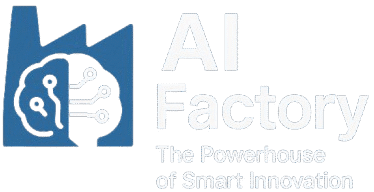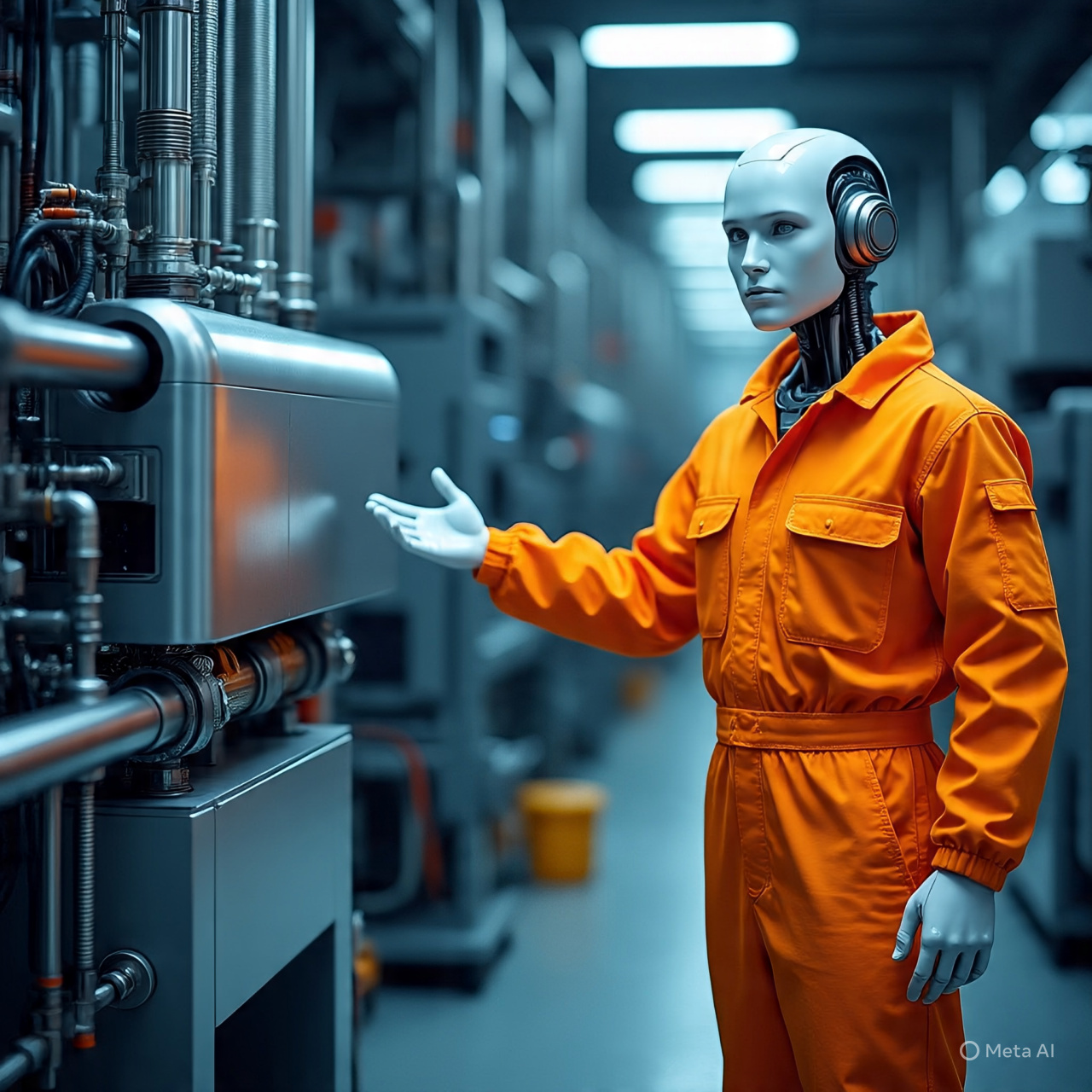Introduction: Welcome to the Future of Smart Business
In 2025, AI-driven automation isn’t just a buzzword—it’s the engine powering leaner operations, bigger profits, and rapid scaling. Whether you’re a startup founder, a corporate decision-maker, or a tech enthusiast, the role of automation has become impossible to ignore. But the real question is: how can you actually use AI to cut costs and scale effectively? This article dives deep into how AI-powered tools are transforming industries, saving money, and enabling businesses to grow smarter than ever before.
Background: The Evolution of AI and Automation
Automation isn’t new. From factory assembly lines in the 20th century to robotic process automation (RPA) in the 2000s, businesses have always sought ways to work smarter. But in 2025, the rise of generative AI, machine learning (ML), and intelligent automation has made it possible to automate not just manual tasks—but cognitive ones too.
Think chatbots that actually understand customers, CRMs that forecast revenue with eerie precision, and HR systems that shortlist the best candidates before your recruiter takes a coffee break.
Detailed Comparison: Traditional Automation vs AI-Driven Automation
| Feature | Traditional Automation | AI-Driven Automation |
|---|---|---|
| Decision-Making | Rule-based, limited to pre-set conditions | Data-driven, dynamic, adapts through learning |
| Flexibility | Static workflows | Real-time adaptability |
| Cost Savings | Moderate | High, due to reduction in human error and time |
| Scalability | Limited | Highly scalable across departments |
| Implementation | Lengthy, rigid | Agile, cloud-ready |
Key Features and Benefits of AI-Driven Automation
1. Predictive Analytics
AI models analyze past data to forecast future trends—be it customer behavior, supply chain issues, or financial performance.
2. Intelligent Chatbots
Forget scripted responses. Today’s bots understand context, detect emotion, and escalate issues only when necessary.
3. Workflow Orchestration
From onboarding a new hire to managing client contracts, AI tools now automate entire workflows with precision.
4. Real-Time Monitoring
Systems can now flag anomalies in real-time—think fraud detection, server downtime, or churn risks.
5. Integration with Existing Tech Stack
Modern AI tools plug into your ERP, CRM, and HRMS seamlessly, extracting and acting on data instantly.
Pros and Cons of AI-Driven Automation
| Pros | Cons |
|---|---|
| Massive cost reduction | High upfront implementation cost |
| Scalable across business units | Requires skilled workforce to manage AI tools |
| Improves decision-making with data | Risk of data privacy and security issues |
| Minimizes human error | May cause job displacement if poorly managed |
| Operates 24/7 without fatigue | Possible over-reliance on technology |
Who Should Use AI-Driven Automation?
Startups
Lean teams can accomplish more with fewer people, giving them an edge over competitors.
SMEs
Affordable cloud-based AI tools now allow SMEs to automate operations without huge capital investments.
Enterprises
Large organizations use AI to streamline complex workflows and improve ROI across departments.
Freelancers and Solopreneurs
Even individual professionals use AI to handle scheduling, invoicing, marketing, and customer outreach.
FAQs About AI-Driven Automation in 2025
1. What is AI-driven automation?
AI-driven automation uses artificial intelligence and machine learning to carry out tasks traditionally done by humans, such as decision-making, data analysis, and communication, often more efficiently and at scale.
2. How does AI automation reduce business costs?
It lowers labor costs, minimizes errors, shortens time to market, and reduces downtime through predictive analytics and proactive systems management.
3. Is AI automation suitable for small businesses?
Yes! With the rise of SaaS AI tools, small businesses can now access automation capabilities once only available to large enterprises.
4. What are the risks of AI automation?
Risks include data privacy concerns, job displacement, algorithm bias, and over-reliance on AI systems without proper human oversight.
5. How can a company start with AI automation?
Begin with a process audit. Identify high-volume, repetitive tasks. Then, choose AI tools that integrate well with your existing systems, and run pilot tests before scaling.
Conclusion: The Competitive Advantage in 2025
AI-driven automation isn’t a luxury—it’s a necessity. In 2025, the businesses thriving are those that have embraced automation not just to cut costs, but to work smarter and scale faster. Whether you’re reducing customer service loads with chatbots or using predictive analytics to boost revenue, AI is the ultimate partner in business growth.
Final Verdict: Is AI-Driven Automation Right for You?
If your goals in 2025 include scaling faster, reducing operational costs, and delivering better customer experiences—then yes, AI-driven automation is not just right for you, it’s essential. It’s about time to automate intelligently, strategically, and ethically.

